It is nearly impossible to go through any country in Europe and not see or hear how it was impacted during WWII. Northern France is clearly no exception. Without the invasion of Normandy, which lead to the defeat of the Nazis, the world would be a different place.
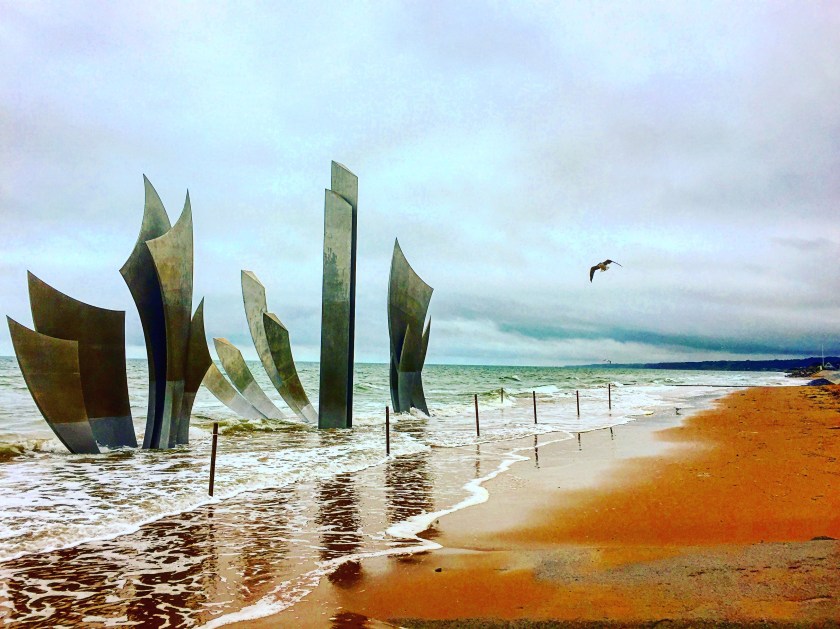
We stayed in Bayeaux which is a small town near the Normandy beaches. It was surprising how different Northern France is from the rest of the country. Everything from the people, food, drink, and atmosphere felt as though we were much further from Paris than we were.
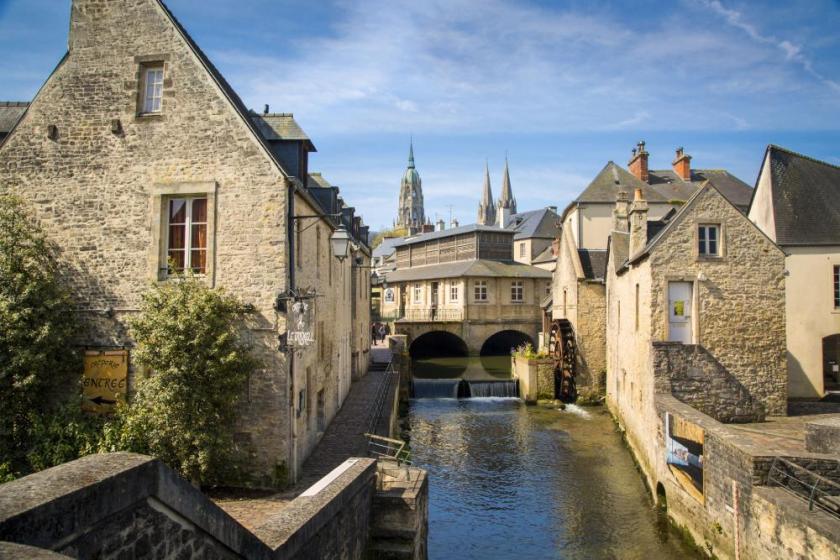
The reason we came here was to visit the beaches where our countries gave up so much to ensure our future. On June 6, 1944, D-Day, the beaches of Normandy were stormed by the Allied troops trying to gain land access and push German troops out.
Nearly 160,000 troops landed on the 5 beaches along the coast that were heavily guarded by German soldiers. The United States was tasked with Omaha and Utah Beach. England went for Gold and Sword Beach. And Canada attacked at Juno Beach.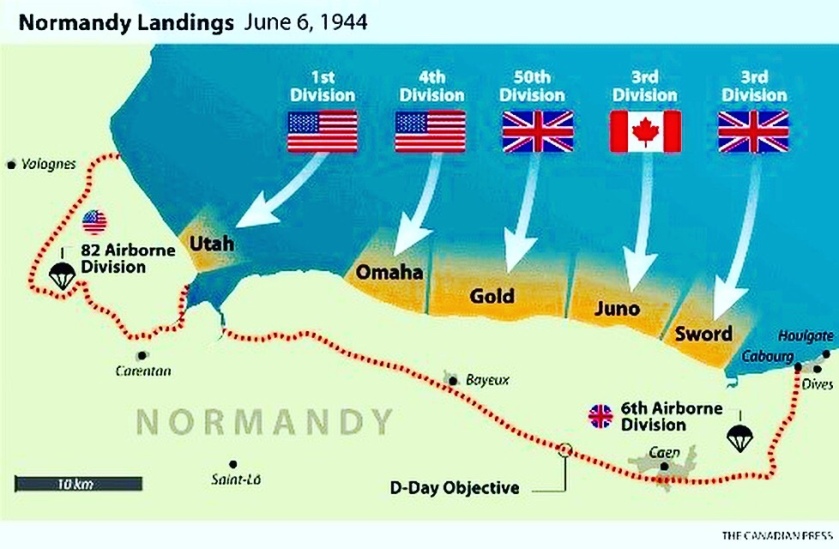
The first round of soldiers came by airplane, attempting to bomb the German soldiers on land. In most cases the bombs missed their targets.
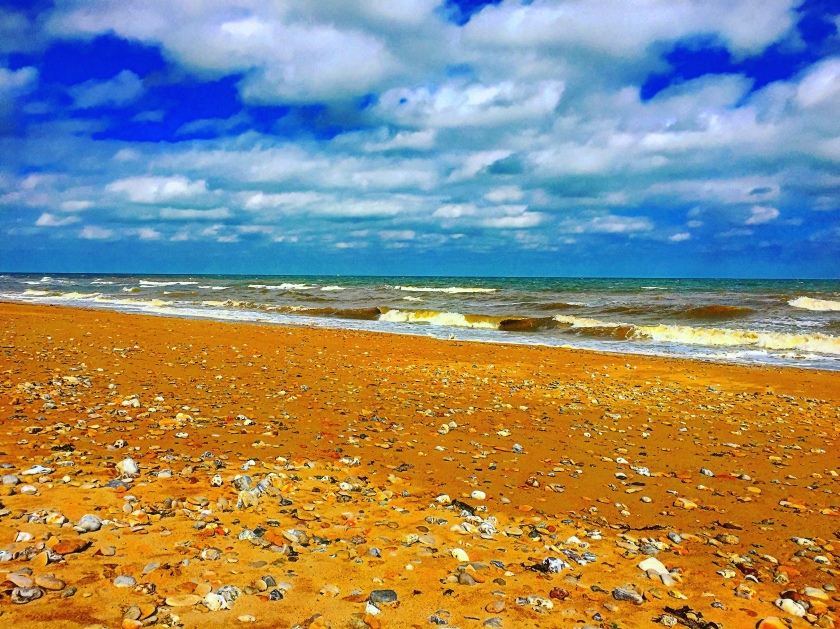
The soldiers coming via boat were easy for the Germans to shoot at since the beach sat much lower than the ground the Nazi’s were perched behind. It was surreal to be standing on the elevated ground, looking out at the beaches that would have had thousands of men being shot at.
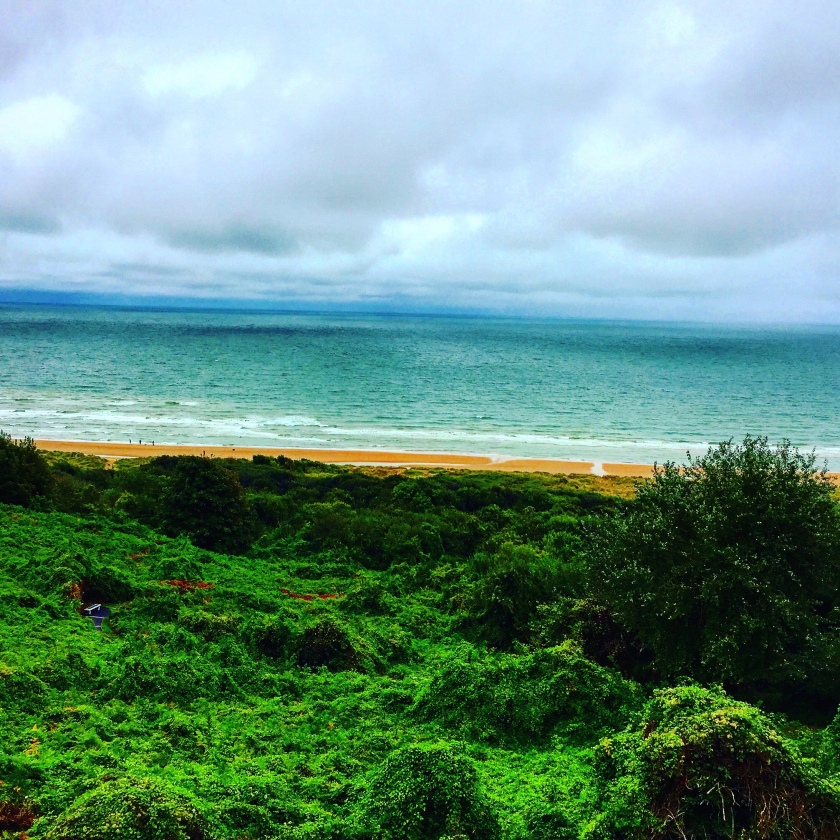
There were some bunkers the Germans had built to hide in while shooting. Some of these bunkers are still there today.
We visited Omaha, Gold, & Juno Beaches. There were tons of US, Canada, & British flags flying everywhere.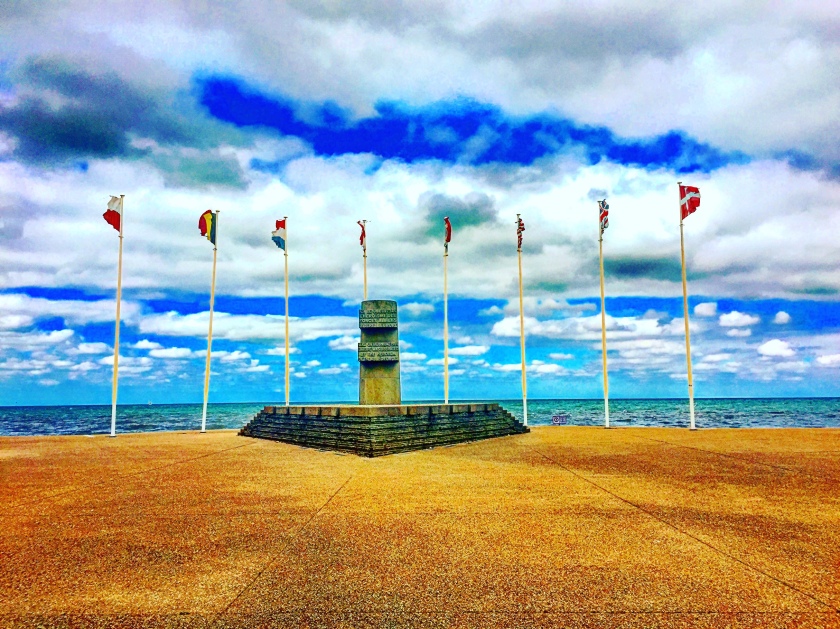
Omaha Beach was the most deadly battle that took place this day by far. It was much more deadly than all the other beaches combined. It is now referred to as “Bloody Omaha” after 2,000 American men were killed on this beach the morning of the attack. It was more heavily guarded than any of the other beaches.
On June 8th the troops started to bury the dead, creating a temporary grave site on top of a hill. After the war, France granted the US use of that land and additional land nearby free of charge and tax. This is today know as the Normandy American Cemetery. There are 9,387 American men buried across 172 acres.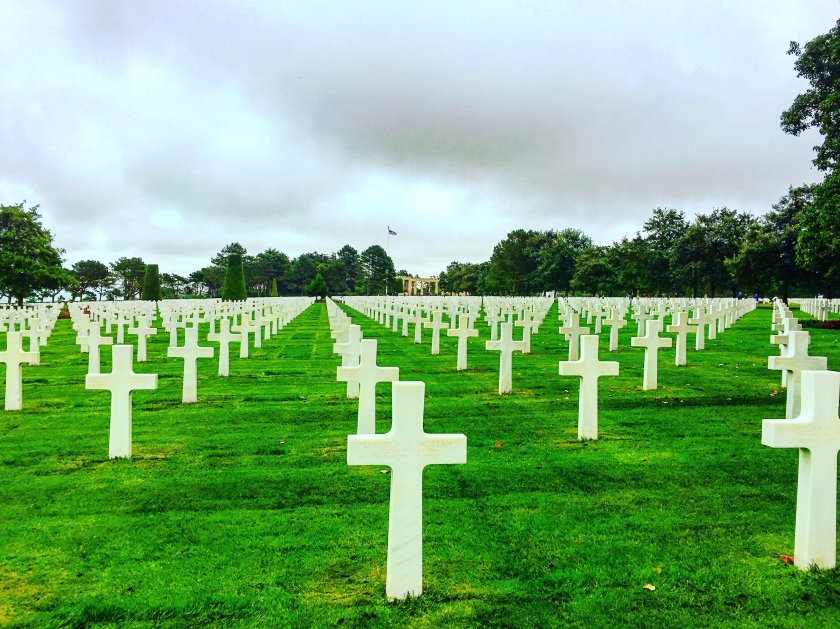
It was incredibly sad to walk through the crosses. Reading the names and where each man was from really made you realize just how many people lost their lives for us to be free today.
Among the soldiers buried here is Theodore Roosevelt Jr., son of President Roosevelt. There are 33 pair of brothers buried here, including Preston and Robert Niland, two brothers whose story the film Saving Private Ryan is based on.
A monument in the Garden of the Missing features the names of 1,557 American soldiers who lost their lives during the invasion but could not be found or identified.
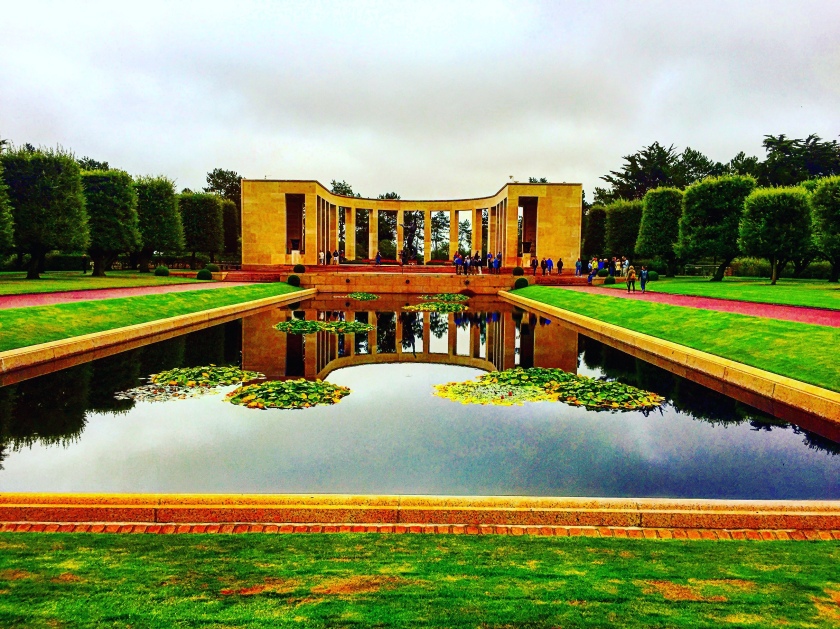
To think about how young these men were and what they were willing to give up. It definitely put into perspective what is important. It gave us a lot of pride to be American and Canadian which I think is something (particularly in the US) we seem to easily forget.

We visited Musee Memorial D’Omaha Beach. There were life-size reenactment scenes of what happened on D-Day.
Gold Beach, where the English troops landed, is 6km (nearly 4 miles) long. The goal for these troops was to make it to Bayeaux, which they nearly did on D-Day.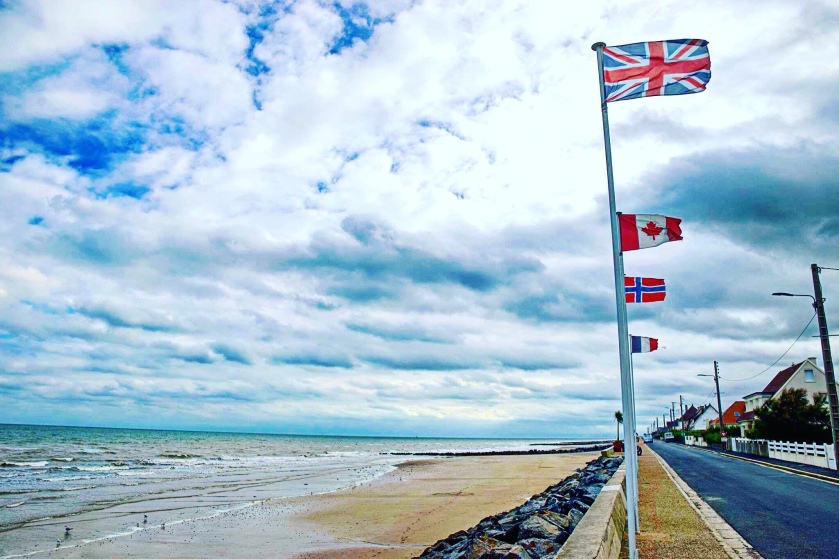
The Canadians landed on Juno Beach. This was the second deadliest beach with 349 men losing their lives.
The Canadian army succeeded in putting more than 14,000 soldiers on France soil on June 6 and went the furthest into enemy territory. The liberation of Europe began on this bloody day.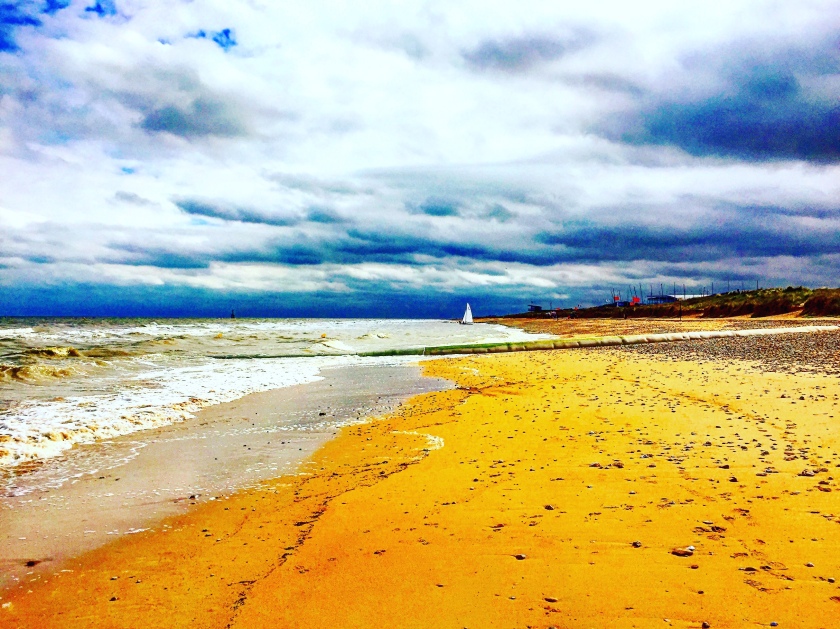
We visited the museum at Juno Beach which was incredibly well done. There is a room where you are completely surrounded from floor to ceiling by video screens. You are made to feel like you are on one of the small boats being rowed to shore on D-Day. There were tons of exhibits focusing on Canada’s history and involvement in the war.
Canada attempted to storm Dunkirk beach further east much earlier in the war but was unsuccessful. Much of the planning that went into making D-Day a success for the Allies was learned from the mistakes made during the Dunkirk invasion.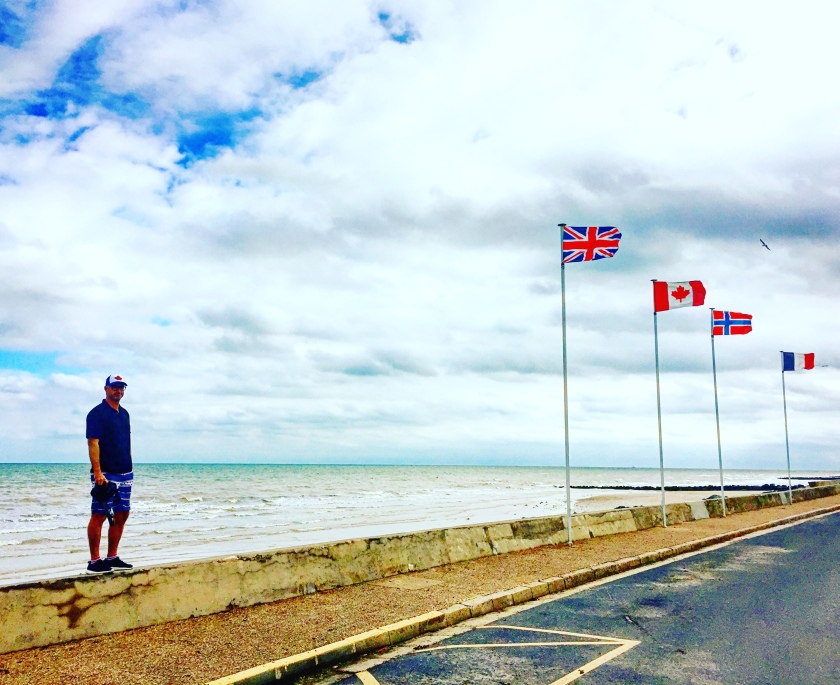
There is a church called Eglise Saint-Come-et-Saint-Damien d’Angoville-au-Plain near the most north of the D-Day beaches, Utah Beach. There were two American paramedics who used this church as a hospital for the wounded. The hospital crew took in every soldier, regardless of which side they were on. There is still blood stains on some of the pews from that day.

Another completely separate attraction in this area is Mont Saint Michel. Many travel books say to plan a whole day here. We found a few hours was more than enough time.
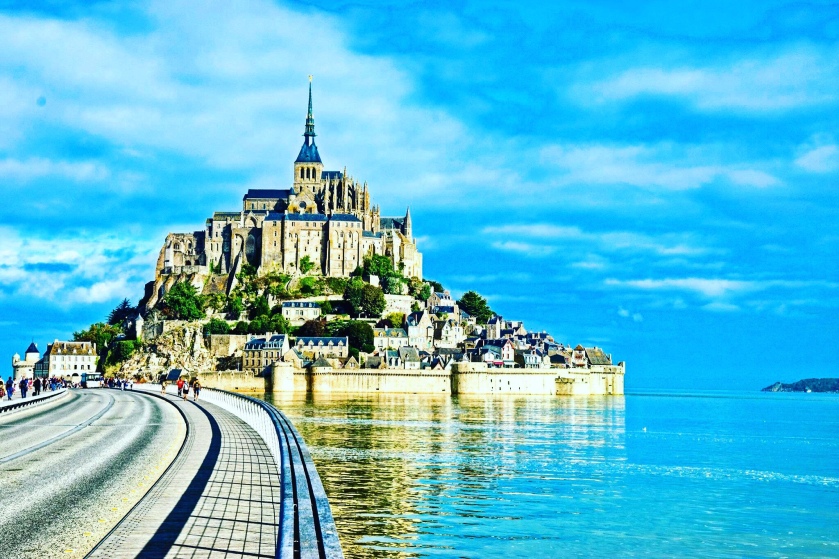
This town is situated on a small island that is built with the Abbey and monastery at the top, the stores and housing below it, and the homes for farmers and fishermen on the bottom, outside the walls.
The island is settled 1 kilometer (.6 miles) from land. During low tide it is possible to walk on the land to the island. The high, fast moving tide can act as a defense weapon, making it harder to reach the island if it was under attack. It was later used as a prison by Louis XI for these reasons.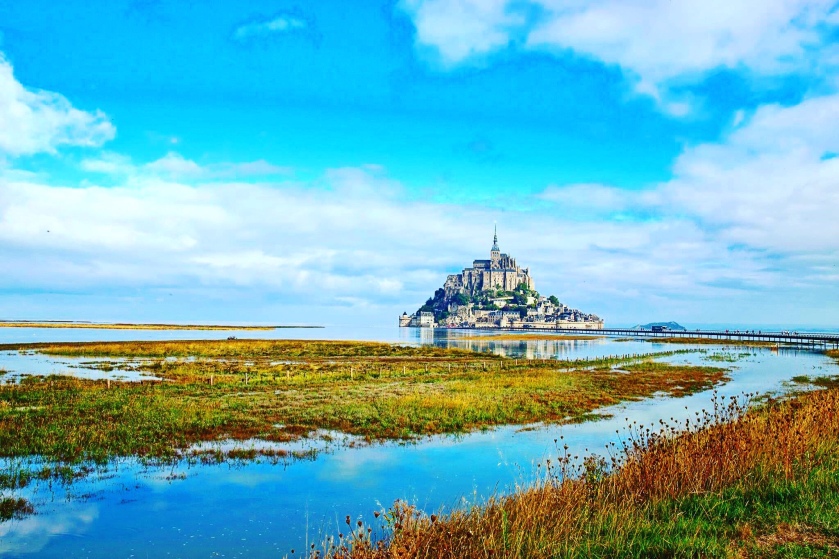
The streets are very narrow and the small island gets extremely busy during the day. The main road has many restaurants and shops you can pop in.
We were looking to avoid the crowds so took some turns off the main road. It almost felt like a maze trying to figure out these roads. We came across some pretty great views on the way. There is a long bridge built to access the island. The island is much too small to park near so the parking lot is very far away. There is a free bus you could take. We preferred walking though since the views walking up were the best part of the whole trip. Northern France is known for four C’s when it relates to food & drink: Cidre, Calvados, Cream, & Camembert. There was a small shop on the road driving into Mont Saint Michel that offered free Cidre & Calvados tasting. Of course we stopped. There are lots of apple farms in Northern France which has resulted in this region being known for cidre. The stronger version is Calvados which is an apple brady that can only be produced in this part of the world.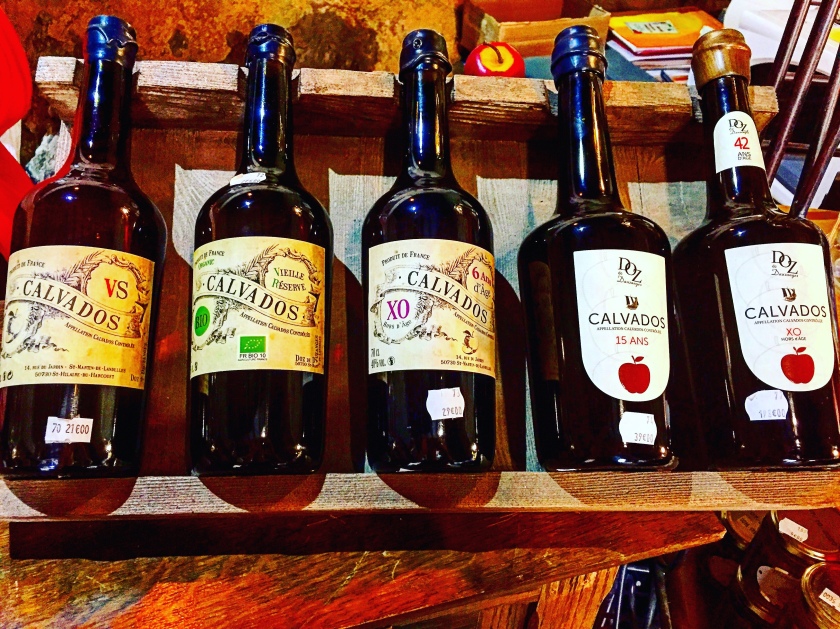
The area is known for cream because of all the cows roaming in the hills all around. The cream they proudly produce here is raw milk cream, meaning it is not pasteurized. The more fat the better. It is referred to as lait cru in the grocery store and can taste a bit like sour cream. The camembert cheese is produced from this cream giving it a unique flavor.
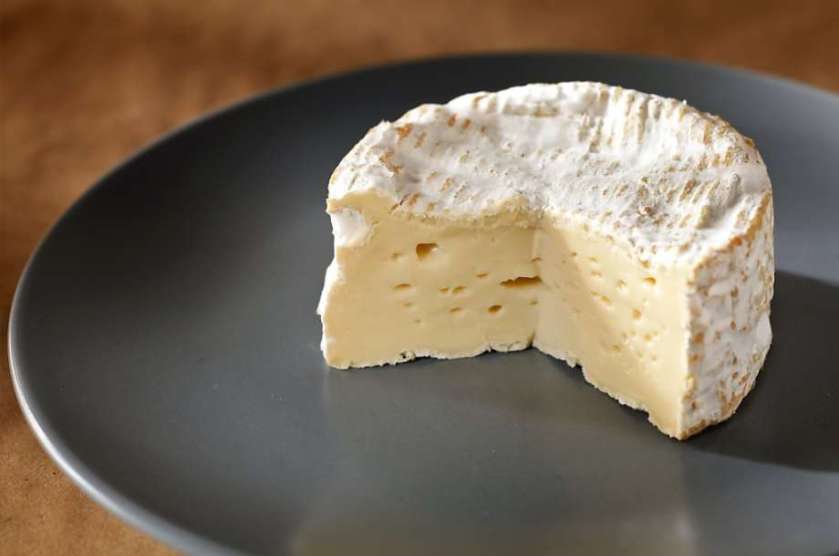
I was also pretty excited when we found WINE ON TAP in a local restaurant. They must drink a lot of wine here to have it on tap like that! There was also a local D-Day beer that we tried.






































